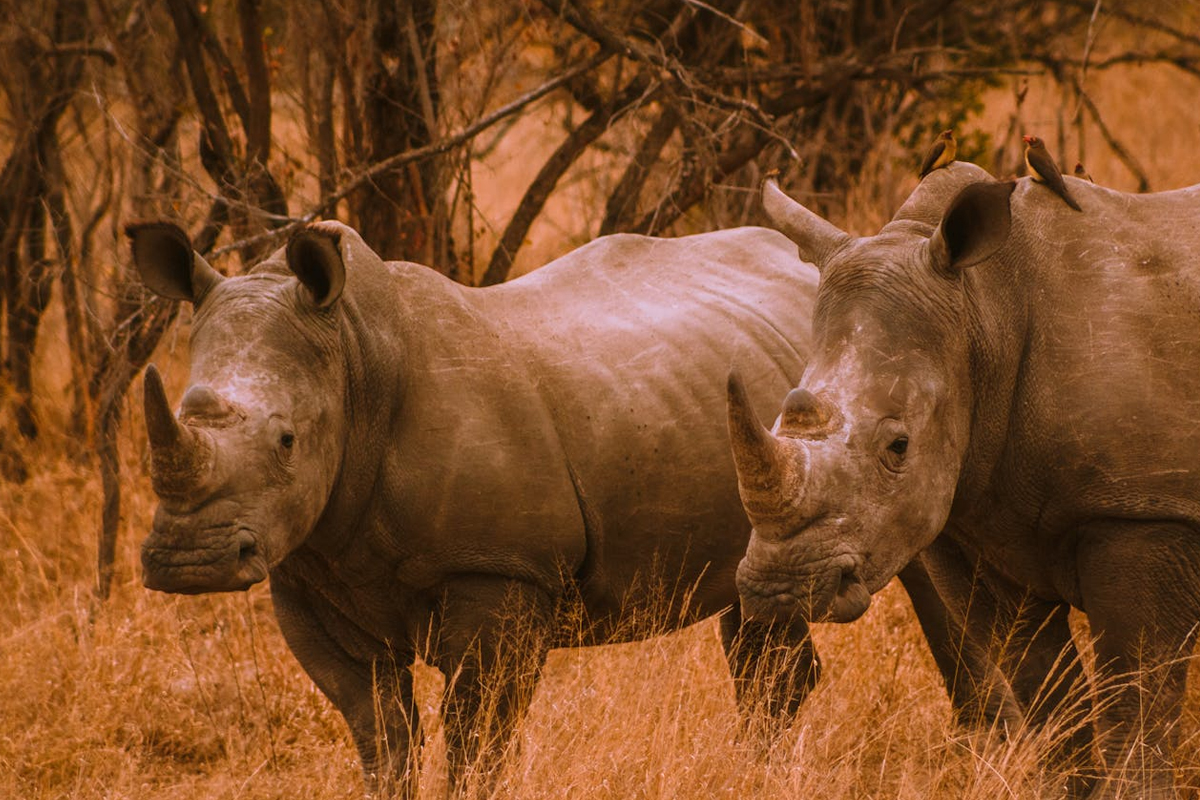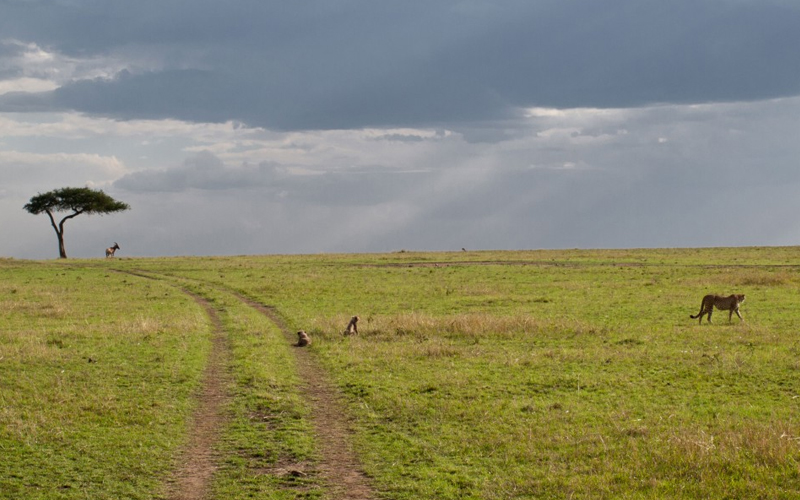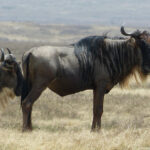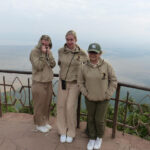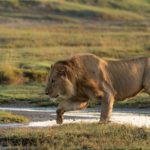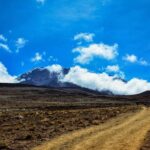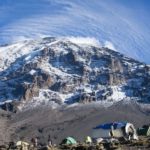The Big Five Thriving in Tanzania’s Conservation Areas in 2024
Tanzania is known for its incredible wildlife and vast protected landscapes, making it a prime destination for safari enthusiasts around the world. Central to its allure is the presence of the Big Five: lions, leopards, elephants, rhinos, and buffalo. Once hunted as trophies, these iconic animals are now symbols of successful conservation efforts. In 2024, Tanzania stands out as a beacon of hope, with these species not only surviving but thriving, thanks to its strategic approach to wildlife conservation.
Let’s dive into how Tanzania’s protected areas are ensuring the continued success of the Big Five, explore where you can see these magnificent creatures, and understand why Tanzania’s model is a benchmark for other conservation projects across Africa.
What Are the Big Five?
Originally coined by hunters to describe the five most difficult animals to hunt on foot, the term “Big Five” now represents the must-see animals on African safaris. They include:
- Lion – Known as the “King of the Jungle,” lions are the top predators of the savannah.
- Leopard – Elusive and solitary, leopards are masters of camouflage and ambush hunting.
- Elephant – The largest land mammal, elephants are intelligent and social animals that play a crucial role in shaping their environment.
- Rhinoceros – With their thick skin and powerful presence, rhinos are among the most threatened members of the Big Five due to poaching.
- Buffalo – Often underestimated, buffaloes are strong and unpredictable, making them one of the most dangerous animals in Africa.
Tanzania’s Conservation Success: Why the Big Five Are Thriving
1. Expanding Protected Areas
Tanzania boasts over 40% of its landmass dedicated to protected areas, including national parks, game reserves, and conservation areas. This extensive network provides a haven for the Big Five and other wildlife to roam freely. Key areas like the Serengeti, Ngorongoro Conservation Area, and Selous Game Reserve (now Nyerere National Park) have been instrumental in the resurgence of Big Five populations.
2. Anti-Poaching Efforts and Law Enforcement
One of the biggest threats to the Big Five—especially elephants and rhinos—is poaching. To combat this, Tanzania has increased anti-poaching patrols, established rapid-response ranger units, and adopted cutting-edge technologies like drones and GPS tracking. These measures have significantly reduced illegal hunting and contributed to the recovery of endangered species.
3. Community-Based Conservation Initiatives
Local communities are now at the forefront of conservation efforts. Through community-based tourism and wildlife management areas (WMAs), local residents have a vested interest in protecting their natural heritage. Programs that share revenue from tourism, offer employment, and promote sustainable land use have created a powerful incentive for communities to support wildlife conservation.
4. Ecotourism and Responsible Safari Practices
Tanzania’s focus on low-impact, high-value tourism is helping fund conservation projects. A portion of park fees, concession fees, and tourist spending goes directly into supporting park management and local communities. By promoting responsible tourism, Tanzania ensures that the presence of travelers does not disrupt the delicate ecosystems that sustain the Big Five.
Where to See the Big Five in Tanzania in 2024
1. Serengeti National Park
Home to one of the largest lion populations in Africa, the Serengeti is a must-visit for anyone hoping to see the Big Five. Known for the Great Migration, the park also offers year-round sightings of elephants, buffalo, and leopards. Rhinos are rare but can be seen in the northern part of the park.
- Best Time to Visit: June to October (dry season) for general wildlife viewing; December to March for calving season.
2. Ngorongoro Crater
This UNESCO World Heritage Site is often called “Africa’s Garden of Eden.” The Ngorongoro Crater has one of the highest densities of wildlife in Africa, making it a top spot for seeing all members of the Big Five in a single day.
- Best Time to Visit: Year-round, but the dry season (June to October) offers better visibility.
3. Ruaha National Park
One of Tanzania’s lesser-known gems, Ruaha is famous for its large elephant herds and pride of lions. It’s also a prime spot for encountering leopards, buffalo, and even the rare black rhino.
- Best Time to Visit: June to October, when wildlife concentrates around water sources.
4. Selous Game Reserve (Nyerere National Park)
Formerly known as the Selous, Nyerere National Park is one of the largest protected areas in Africa. It’s an excellent place to see large elephant and buffalo herds, along with healthy lion and leopard populations. Rhinos are less common but are making a comeback due to intensive protection efforts.
- Best Time to Visit: July to October, when wildlife gathers along the Rufiji River.
5. Mkomazi National Park
Mkomazi is a critical stronghold for the endangered black rhino. The park is a dedicated rhino sanctuary, offering one of the best chances to see these rare animals in Tanzania.
- Best Time to Visit: June to October, when rhino sightings are most frequent.
Conservation Challenges and Future Outlook
Despite the positive trends, conservation in Tanzania faces several challenges:
- Human-Wildlife Conflict: As human populations grow and expand into wildlife habitats, conflicts between communities and animals, especially elephants and lions, are on the rise.
- Climate Change: Shifting weather patterns are altering the availability of water and food, impacting both animals and local communities.
- Funding and Resources: Maintaining effective conservation efforts requires consistent funding. While tourism plays a major role, fluctuations in tourist numbers (as seen during the COVID-19 pandemic) can strain resources.
What’s Next for Tanzania’s Big Five in 2024?
Tanzania is doubling down on efforts to protect its wildlife. Plans for expanding protected areas, increasing community engagement, and adopting more technology-driven conservation methods are underway. By integrating tourism, conservation, and community welfare, Tanzania aims to create a sustainable model that will ensure the Big Five continue to thrive for generations to come.
Tips for a Responsible Big Five Safari
- Choose Eco-Friendly Lodges: Opt for lodges and camps that prioritize sustainability and support local conservation efforts.
- Respect Wildlife: Always maintain a safe distance, avoid loud noises, and never attempt to feed or touch the animals.
- Support Community Tourism: Participate in community tours and buy locally made products to support the people who share their land with the Big Five.
- Limit Plastic Use: Bring reusable water bottles and avoid single-use plastics to reduce your environmental impact.
Frequently Asked Questions
Q: Can I see all the Big Five in one park in Tanzania?
A: Ngorongoro Crater is your best bet for seeing all the Big Five in one place, thanks to its compact size and high wildlife density.
Q: Are rhinos still endangered in Tanzania?
A: Yes, rhinos are critically endangered and still face the threat of poaching. However, thanks to conservation efforts, their numbers are slowly increasing, especially in areas like Mkomazi and the Ngorongoro Crater.
Q: What’s the best time for a Big Five safari in Tanzania?
A: The dry season (June to October) is the best time for a Big Five safari, as animals are easier to spot around water sources.
Ready to Experience the Big Five in Tanzania?
Tanzania’s conservation success is a testament to what can be achieved when local communities, government agencies, and international partners work together. In 2024, the Big Five are not just surviving—they’re thriving. Whether you’re a first-time safari-goer or a seasoned wildlife enthusiast, Tanzania’s national parks and game reserves promise an unforgettable encounter with some of Africa’s most iconic animals. So pack your bags, charge your camera, and get ready for the adventure of a lifetime!
Embark on an Adventure in Tanzania!
Check out our pages for essential information on:
- Arusha National Park
- Climbing Kilimanjaro
- Kilimanjaro Climb Packing List
- Kilimanjaro FAQs
- Cultural Tours
- Day Trips Tours
- Lake Manyara National Park
Visit our website to plan your unforgettable journey!

